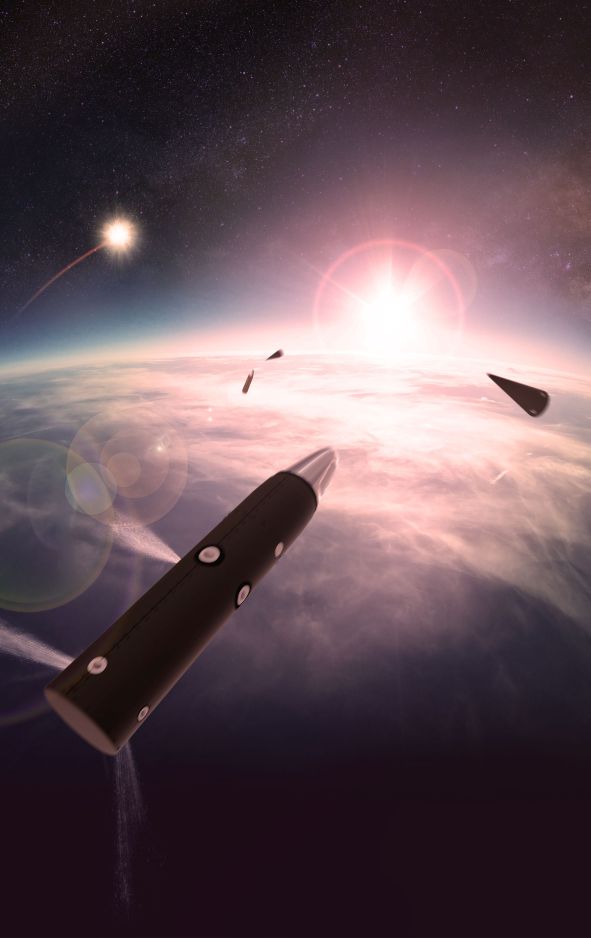
Lockheed Martin has awarded BAE Systems a contract of undisclosed value to develop a new generation of infrared (IR) seekers for the Terminal High Altitude Area Defense (THAAD) weapon system.
Developed by Lockheed Martin Missiles and Fire Control and a key component of the US integrated Ballistic Missile Defense System (BMDS) architecture, THAAD is a globally transportable, rapidly deployable ballistic missile defence weapon system, designed to exo- or endo-atmospherically intercept hostile ballistic missiles with kinetic force during their terminal phase of flight.
BAE Systems is already contracted to deliver the current infrared (IR) seeker subsystem for the THAAD interceptor and to date has delivered more than 500 THAAD seekers. According to a company statement released on 18 March, “the [new] sensor design work will improve the missile defense system’s ability to neutralise more threats and improve its manufacturability”. The company declined to comment on the specific performance improvements required for the new IR seeker design or the development timeline.
BAE Systems’ THAAD seekers are assembled, integrated, and tested at the company’s facilities in Nashua, New Hampshire, and Endicott, New York. Portions of the design work for the next-generation seeker technology will be done in Huntsville, Alabama.

BAE Systems will design the next generation of IR seekers for the Terminal High Altitude Area Defense (THAAD) system interceptor. (BAE Systems)
Looking to read the full article?
Gain unlimited access to Janes news and more...






